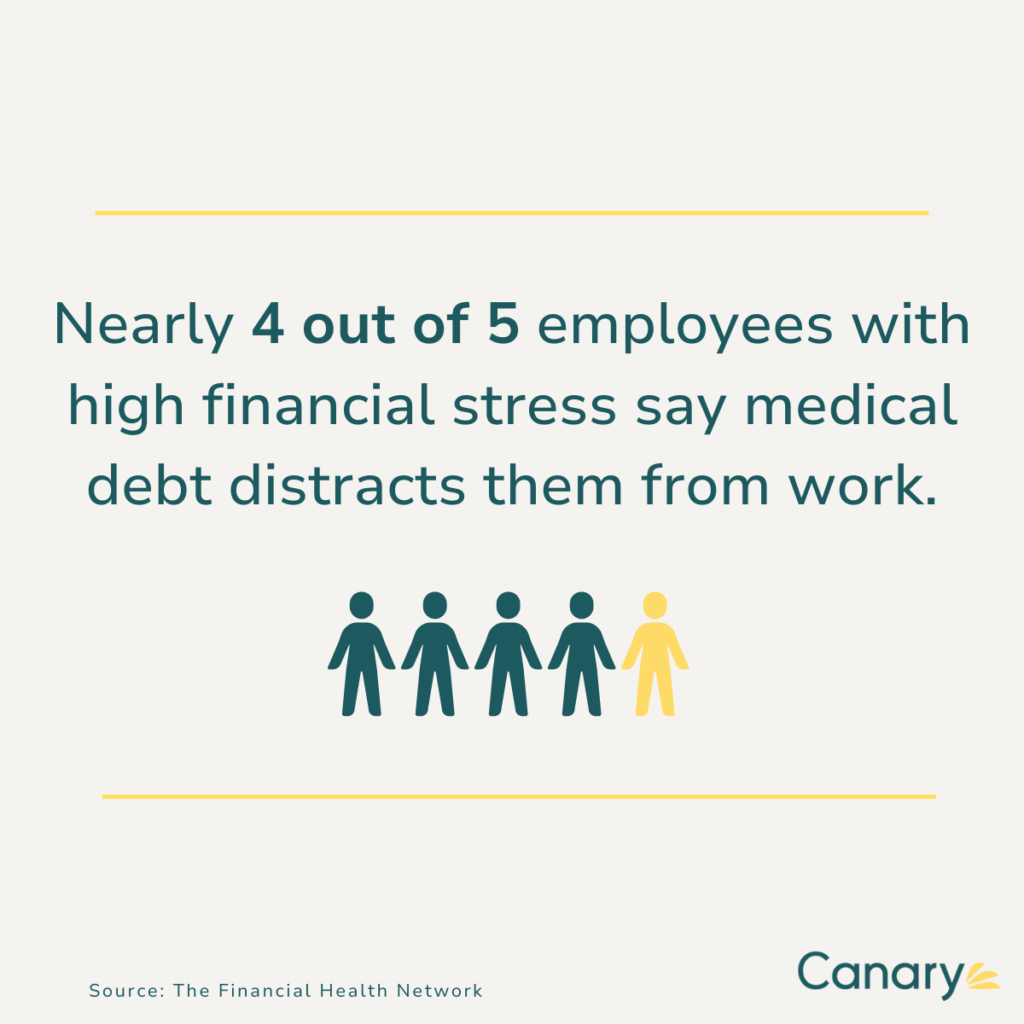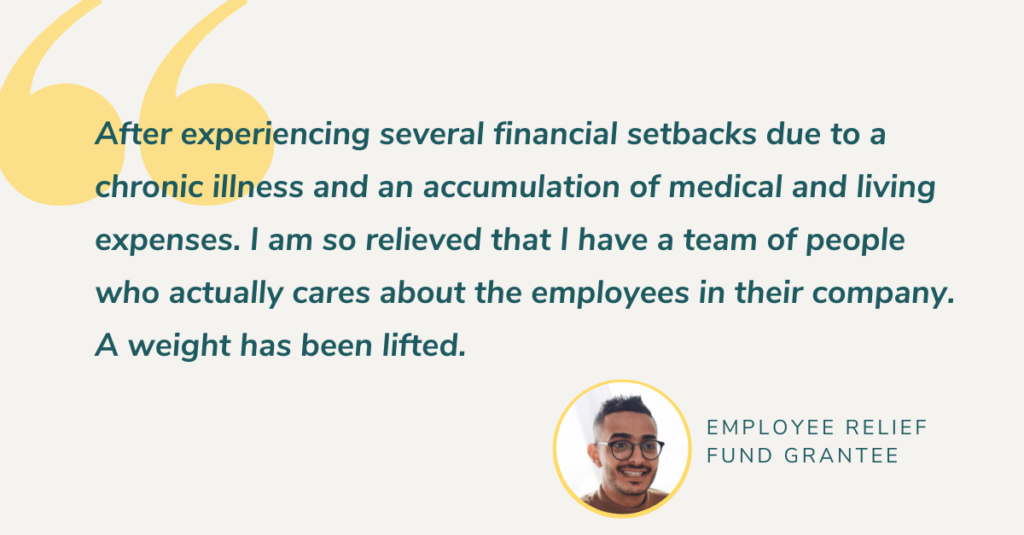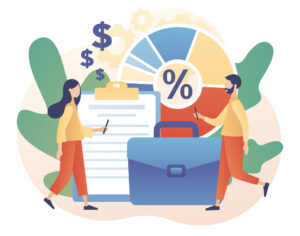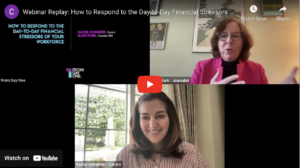Access to healthcare has long been a contentious issue in the United States. It leaves many individuals either vulnerable to financial hardship during medical emergencies or risking their health by avoiding the medical attention they need. The exorbitant costs of treatments, combined with the limitations of health insurance coverage, often lead to significant financial burdens for those facing unexpected health crises. At Canary, we know firsthand how crucial it is for employers to understand both the personal and professional effects of economic setbacks have on their employees. This is particularly true when it deals with their employees’ and their family’s health. Amidst this challenging landscape, employee relief funds (ERFs) offer a way to bolster collective impact on employee well-being and financial stability.

Get our latest Impact Snapshot on how employee relief funds are a financial lifeline during medical emergency
The Costs of a Broken System
The U.S. boasts one of the most advanced healthcare systems globally, yet the disparities in access are troubling. For many, health insurance is costly and inadequate. It leaves people exposed to the crippling burden of medical bills during already uncertain times. High deductibles and out-of-pocket expenses can quickly accumulate. In some cases, it can push individuals and families to the brink of financial ruin. A recent study found that the vast majority of Americans with health insurance – about 60% – regularly face denied or barely covered claims in addition to hefty premiums. This often pushes people to significantly delay, or simply skip, treatment altogether.
Unfortunately, the communities most affected are those already in poor health, as well as Native American, Latin, and Black communities. All of whom have the highest rates of living without health insurance in the United States. We also see this reflected in our work. In 2022 we found that marginalized racial communities make up more than half of the grant requesters within our programs, while 76% of requesters are female or gender non-binary. This underscores the need to assess our role in mitigating the adverse effects of systemic inequalities, particularly within our healthcare system.
After receiving medical treatment, the billing process offers its own set of obstacles. It can take weeks to hear back from insurance, or months if the bill is re-submitted in an attempt to get better coverage. Once a decision is made, sometimes shocking, substantial expenses remain. Often, it is an expense an individual hadn’t budgeted for. For those without health insurance, they may spend weeks, or even months, trying to get financial aid through the hospital or sinking into debt as bills inch towards a collections office.
Canary’s employee relief funds: a swift response to financial hardship
It’s no surprise that these health emergencies adversely affect employee well-being. The financial stress leads to decreased job performance: PwC research shows that 76% of financially stressed employees suffer a significant loss of productivity. Emergency relief funds have emerged as a critical tool in safeguarding employee well-being during financial hardships. Medical emergencies remain one of the largest stressors that our nation faces – in fact, 34% of the grant requests we receive are for medical expenses. These funds are sponsored by employers and fortified through donations from their work community.
In contrast to the often tedious process of medical billing, our team prides itself on one of the fastest response times in the ERF industry. Our response time averages less than 24 hours after a grant application – meaning many requesters get responses the same day, if not within a few hours. Our aim is to help people get support as soon as possible when they need it most. As one requester said: “After experiencing several financial setbacks due to a chronic illness and an accumulation of medical and living expenses. I am so relieved that I have a team of people who actually cares about the employees in their company. A weight has been lifted.”

Strengthening Work Community
ERFs offer a safety net for workers facing health concerns by offering financial assistance to cover not only medical expenses, but also living costs or other essential needs during these times. As an added bonus, programs like this help retain and motivate workers. These funds are not just financial resources; they also foster a sense of togetherness and support within a work community. When coworkers come together to contribute to a common cause, it strengthens the bond among employees and enhances workplace morale. The knowledge that coworkers care for their well-being creates a positive work environment, encouraging individuals to give their best while facing personal challenges. This ripple effect encourages others to contribute and build a more compassionate work community.
Employee relief funds exemplify the power of collective action in addressing social and economic challenges. They offer a lifeline during a crisis, giving much needed support while strengthening a work community. As employees are increasingly asking for their workplace to show it cares about them beyond the 9-5, access to near-term financial assistance helps businesses build loyalty, reduce turnover, and attract top talent. By promoting a culture of care and compassion within organizations, employers are demonstrating that worker well-being is a top priority.
While the state of healthcare in the United States has left many workers vulnerable to financial distress, companies can play a pivotal role in making a positive difference by embracing the inclusive approach of a communal employee relief fund. Ultimately, the power of solidarity can pave the way for a more resilient and caring workforce in the face of adversity.
To learn more about supporting your employees through financial hardships, like a medical emergency, reach out to our team today.
For more on how employee relief funds help during medical emergencies, check out our latest Impact Snapshot.






